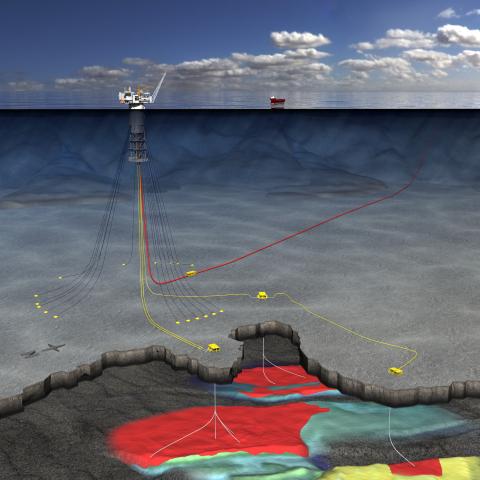A basic research program
Established in 1985, the VISTA programme was a collaborative partnership between the Norwegian Academy of Science and Letters and then Statoil (now Equinor) with the overall vision of stimulating basic mathematical and scientific research related to the exploitation and management of Norway's petroleum resources.
At all times during the first 35 years of the VISTA programme, around 25 PhD students, postdocs and a professor were financed by the programme. All together more than 300 students got their degrees funded through the programme.
Key points of VISTA:
- Aimed to be an arena for strategic discussion between academia, industry and society at large.
- An overarching goal was high-calibre research with a special emphasis on developing young researchers.
- By 2019 Statoil donated NOK 20 million to the VISTA programme each year for basic research.
- Supported doctoral and post-doctoral research projects as well as a VISTA professorship within the defined priority areas.
- Aimed to be a programme that nurtured new, groundbreaking ideas related to the exploitation and management of Norway's petroleum resources.
- The research areas:
- Exploration for oil and gas
- Increased recovery from hydrocarbon reservoirs
- Oil and gas processing
- Environment
- Biotechnology
- The main product was PhDs and throughout the programme more than 300 students have had their degree funded. The last round of applications were accepted in 2018.
- Since its inception in 1985, the programme granted a total of 300 million NOK to young researchers and professorates.
Restructure
In 2019 the VISTA programme was restructured into supporting basic research centres with a sustainable and low-carbon focus.

